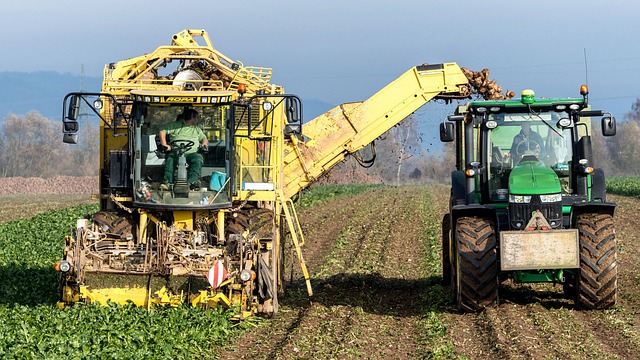In today’s fast-paced world, the pressure on businesses to innovate and streamline operations has never been greater. The answer to this demand lies in the remarkable synergy between robotics and artificial intelligence (AI), paving the way for a new era of automation. This dynamic duo is not just a trend; it’s transforming how we think about business efficiency, productivity, and even creativity.
At the heart of this revolution is robotics, the backbone of physical automation. Robots are no longer confined to factories; they are evolving into versatile, agile machines capable of performing a wide range of tasks. From assembly lines to logistics, robotics is shaping the way businesses operate, reducing costs and minimizing human error. The incorporation of AI into robotics takes this a step further—by providing machines with cognitive abilities, they can learn from their surroundings and improve their performance. This isn’t just about doing things faster; it’s about doing them smarter.
Artificial intelligence amplifies the potential of automation by enabling sophisticated decision-making processes. With the ability to analyze vast amounts of data and identify patterns, AI enhances operational efficiency. For example, consider customer service: chatbots powered by AI can handle inquiries 24/7, learning from interactions and improving their responses over time. This not only frees up human resources for more complex tasks but also enhances customer satisfaction through timely and accurate responses.
The interplay of robotics and AI in automation allows businesses to redefine their traditional models. In sectors like manufacturing, where precision and speed are crucial, the combination of robotics and AI leads to smart factories that can adapt to changing market demands almost instantaneously. In the healthcare industry, these technologies are enabling automated surgeries that enhance patient outcomes while minimizing recovery time.
But the benefits of automation in business extend beyond efficiency and cost savings. By embracing robotics and AI, companies can foster a culture of innovation, where human employees are empowered to pursue creative solutions and enhance their problem-solving skills. This transition may require a shift in workforce dynamics, but it opens up opportunities for collaboration between man and machine, where humans focus on strategy and emotional intelligence while robots handle the repetitive and mundane tasks.
As we move forward, the challenge lies in responsibly integrating these technologies into existing business frameworks. There are real concerns about job displacement and the ethical implications of AI decision-making. However, when deployed with consideration, the partnership between robotics and AI can lead not only to greater automation but also to a workforce that is more innovative and engaged.
In summary, the interplay of robotics and artificial intelligence stands as a cornerstone of modern automation. Businesses that harness these technologies will not only thrive in the competitive landscape but will also be at the forefront of a groundbreaking evolution, one that promises to reshape industries and redefine the future of work.




